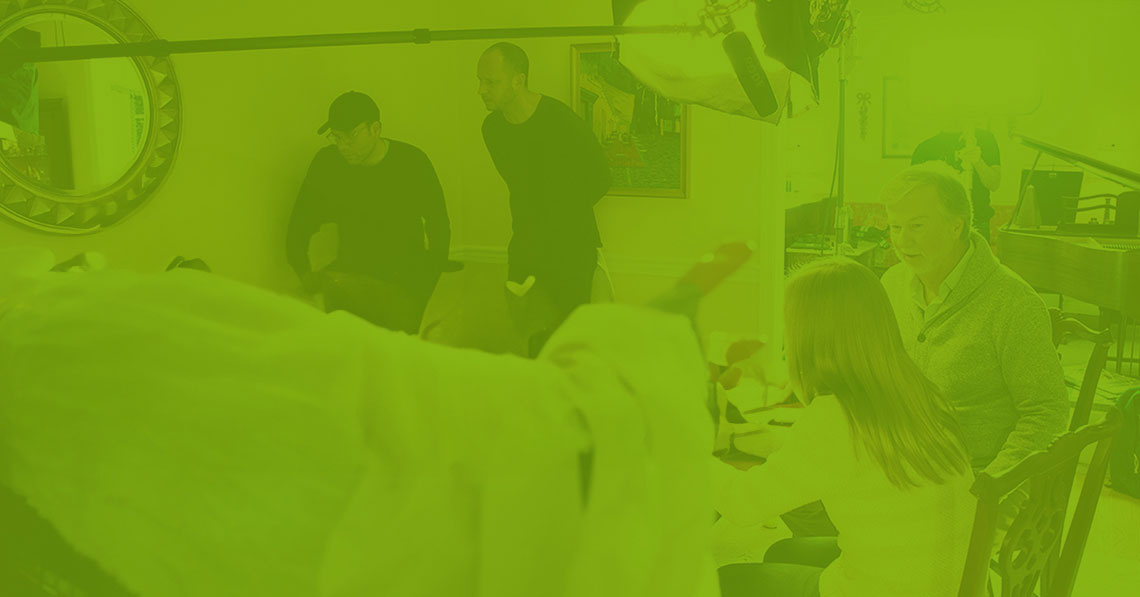
Reputation Rx: Building Patient Trust in the Digital Age
Long gone are the days when people whispered about a healthcare provider’s reputation while sitting in their waiting room. Now, all you need is Google and a computer or cell phone. In this digital age, trust in healthcare is shaped by online reviews, social media, and a provider’s ability to communicate with empathy and transparency. In this edition of Vital Signs, we’ll explore how reputation shapes patient confidence and trust, why digital perception matters more than ever, and what healthcare providers and systems can do to earn (and keep) that trust in a review-driven world.









